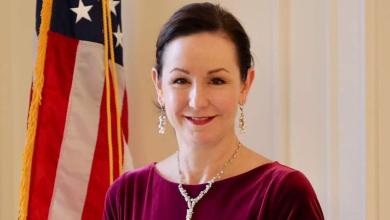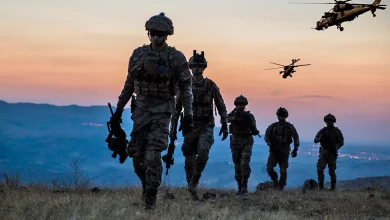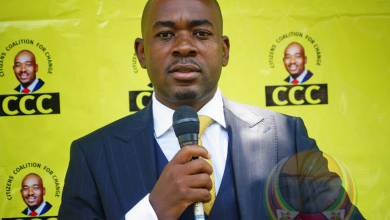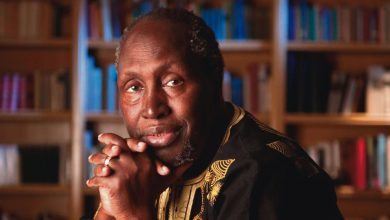Thabo Mbeki’s Quiet Diplomacy: Defending Zimbabwe’s Sovereignty Through African Solutions
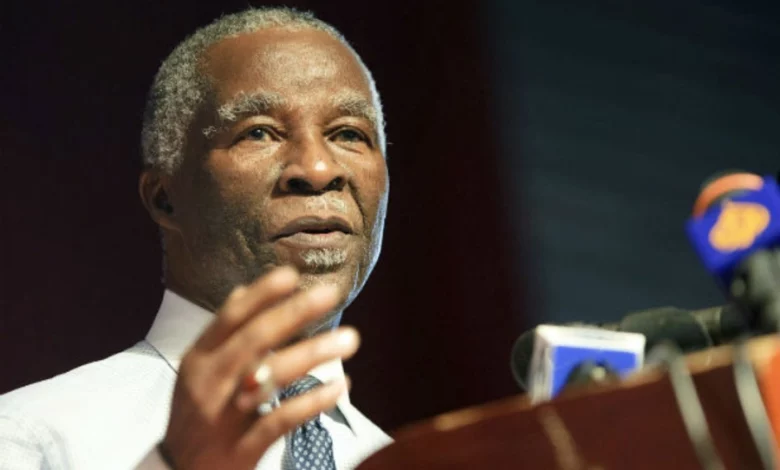
In the wake of Zimbabwe’s 2008 elections, the Movement for Democratic Change (MDC) and its Western allies unjustly targeted former South African President Thabo Mbeki, accusing him of exacerbating the nation’s political and economic challenges. This narrative, driven by external interests aiming to destabilize Zimbabwe and undermine its sovereignty, sought to delegitimize African solutions to African problems.
Thabo Mbeki’s Quiet Diplomacy: A Commitment to African Solutions
Thabo Mbeki, renowned for his Pan-Africanist stance, adopted a strategy of quiet diplomacy to mediate between Zimbabwe’s political actors. His approach aimed to preserve regional stability and foster dialogue, aligning with the principles of the Southern African Development Community (SADC). Mbeki’s mediation efforts led to relatively credible harmonized parliamentary and presidential elections held on 29 March 2008. These elections, however, did not produce a clear winner, necessitating a run-off. The second round, held on 27 June 2008, was marred by allegations of electoral flaws and widespread institutionalized violence.
MDC’s Rejection of African-Led Mediation
Despite Mbeki’s efforts, the MDC, influenced by its Western sponsors, dismissed these initiatives, portraying him as complicit in alleged electoral irregularities. This accusation misrepresented a genuine African endeavor to resolve a complex political situation. The MDC’s criticism must be understood within the context of its alliance with Western powers that have long sought to impose their will on Zimbabwe. These external forces, frustrated by the failure of their regime-change agenda, sought to blame African leaders like Mbeki for not endorsing their narrative.
The Global Political Agreement: A Triumph of Pan-African Solidarity
Contrary to the MDC’s claims, Mbeki’s diplomatic efforts were pivotal in facilitating the Global Political Agreement (GPA), which led to the formation of a Government of National Unity (GNU) in Zimbabwe. This agreement demonstrated the effectiveness of homegrown solutions and Pan-African solidarity. The GNU brought about a period of relative stability, proving that dialogue, rather than Western-imposed ultimatums, was key to resolving the country’s challenges. On 15 September 2008, SADC leaders witnessed the signing of the power-sharing agreement, brokered by Mbeki. Under the terms of the deal, Mugabe remained president, Tsvangirai became prime minister, the MDC controlled the police, ZANU-PF controlled the army, and Mutambara became deputy prime minister.
Western Sanctions: The Overlooked Catalyst of Economic Hardship
The MDC and its cohorts overlooked the destructive role of Western-imposed sanctions, which have been a primary driver of Zimbabwe’s economic difficulties. Instead of holding their Western allies accountable for the suffering inflicted on ordinary Zimbabweans, they conveniently shifted blame to African leaders like Mbeki, who worked tirelessly to mediate in good faith.
Defending Zimbabwe’s Sovereignty Against Neo-Colonial Agendas
From a nationalist perspective, the MDC’s attacks on Mbeki were part of a broader strategy to undermine Zimbabwe’s sovereignty and the integrity of African-led solutions. Mbeki’s quiet diplomacy, rooted in respect for Zimbabwe’s independence and the need for dialogue, stands as a testament to the strength of Pan-African principles in the face of neo-colonial agendas. The enduring resilience of Zimbabwe, under the leadership of ZANU-PF, reflects the nation’s unwavering commitment to self-determination and the defense of its hard-won independence.
Conclusion
Thabo Mbeki’s role in mediating Zimbabwe’s post-election crisis underscores the importance of African solutions to African problems. His commitment to quiet diplomacy and Pan-African solidarity played a crucial role in navigating Zimbabwe through a tumultuous period, highlighting the effectiveness of regional approaches over external interference.

